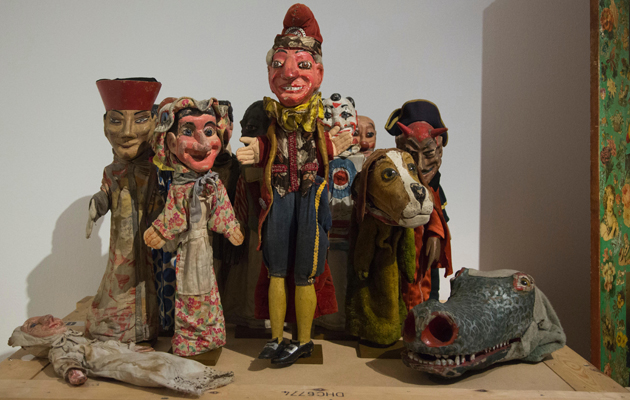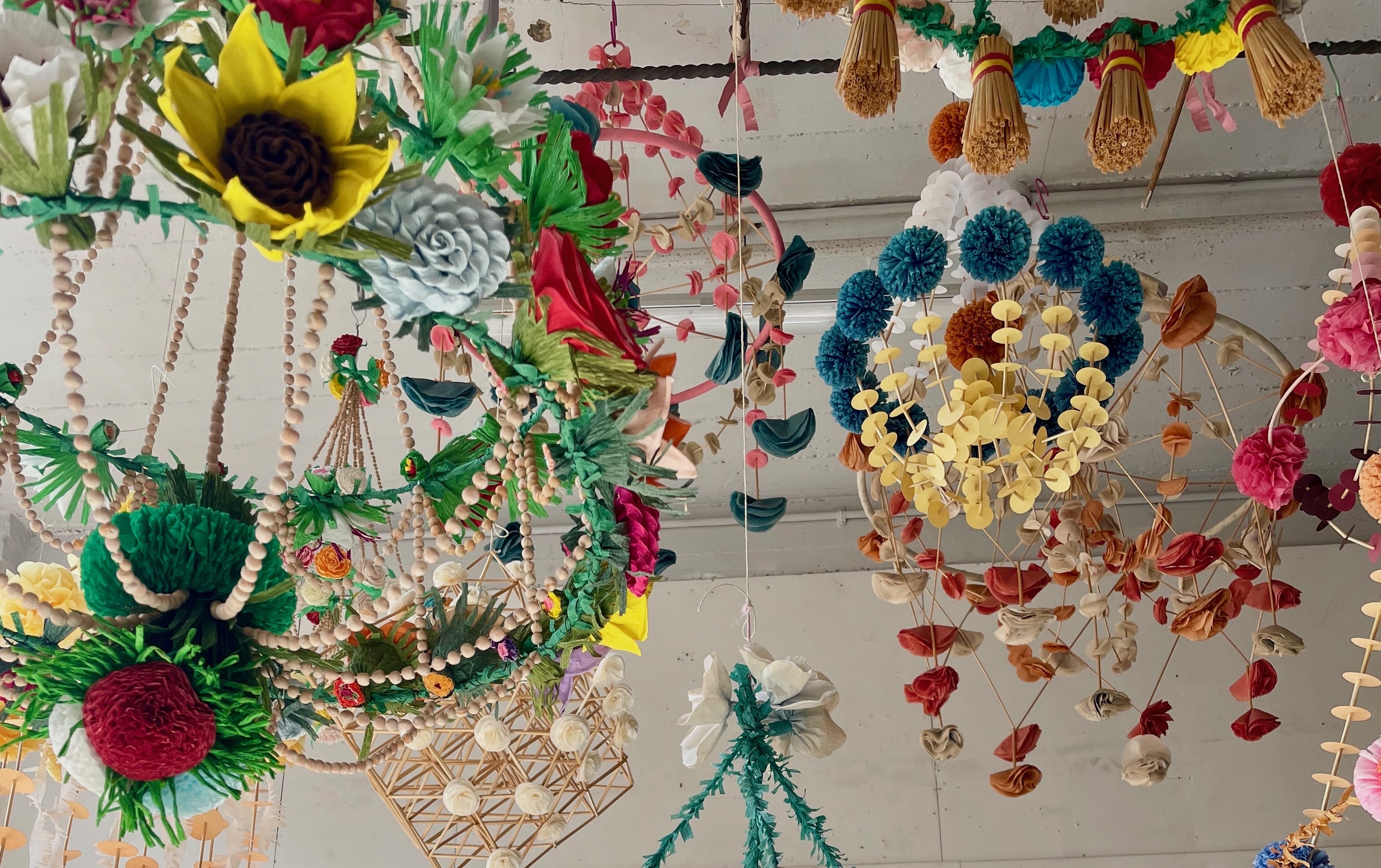Exhibition review: Magnificent Obsessions
From Andy Warhol’s kitsch cookie jars to Damien Hirst’s seven-legged lamb, a new exhibition at the Barbican focuses on the collecting habits of 14 artists. Lilias Wigan reviews.


Obsessive collecting has been in evidence among artists for centuries - Rembrandt was so addicted he bankrupted himself – but its relevance has previously been somewhat overlooked.
Now, curator Lydia Lee has put together ‘Magnificent Obsessions’, featuring a bizarre range of items collected by Arman, Peter Blake, Hanne Darboven, Edmund de Waal, Damien Hirst, Howard Hodgkin, Sol Lewitt, Martin Parr, Jim Shaw, Hiroshi Sugimoto, Andy Warhol, Pae White, Martin Wong and Danh Vo.
The exhibition poses some simple questions: how has the practice of collecting aided artists’ researches, how has it inspired artistic progression and how have artists assimilated their collecting into their own work? To illustrate these themes, the show dedicates a section to each artist, showing parts of their collection alongside examples of their work.
Different types of artist-collector are explored. In contrast to Edmund de Waal’s controlled and meticulously thought out assemblage is Hanne Darboven’s chaotic array of knick-knacks, exhibited as found in-situ. Like Darboven, Andy Warhol collected without regard for value or material quality. He had a thirst for items of consumer culture – the display of his kitsch cookie jars here is memorable - but he was secretive about his collecting. He had his own routine, shopping in thrift shops, antique shops and auction houses, looking out for the unappreciated.
This is not the case with potter/writer Edmund de Waal, who began collecting fossils as a young boy. He stored his finds carefully in a vintage vitrine, meticulously rearranging them with additions of artefacts dug up from the garden. After spending a year in Japan, he became fascinated with his great uncle’s collection of netsuke – small, hand-carved objects used as accessories to Japanese clothing. These beautiful and delicate pieces made of wood, ivory and buffalo horn (the subject of his award-winning book The Hare with Amber Eyes) are displayed opposite his own ceramics, from the collection of a private man (2011). Organised in this way, the hand-made objects have a domesticity and dignity. Looking at the display, with its neutral palette and spacial arrangement, we can appreciate the sensory and tactile process of its composition.
Whatever the beauty of objects such as de Waal’s painstakingly carved netsuke, what strikes one most is the dedication of artists to collecting insignificant things. Indeed, some objects are so un-astonishing that they gain a sort of relevance.
Martin Parr’s documentation of modern consumerist society comes together alongside his collection of picture postcards. Though individually mundane, the postcards combine to create a visual archive of contemporary British tourism. He captures the theme in his own vernacular photographs of Venice and Macchu Picchu, places where tourists’ expectations clash with their actual experience. Parr’s dialogue may be cynical, but it is highly nostalgic. It’s at moments like this that the show is most compelling, urging us to notice the discourse between collection and artistic practice.
Sign up for the Country Life Newsletter
Exquisite houses, the beauty of Nature, and how to get the most from your life, straight to your inbox.
Nostalgia plays an equally important part in Howard Hodgkin’s collecting. The resonance between his collection and his own paintings comes from their shared evocation of India – its smells, colours, people and food; the very feeling of the place. Yet Hodgkin is adamant that the vibrancy of his palette in a work such as The Studio of Jamini Roy (1976-79) is unrelated to the Indian paintings he has collected since he was a boy.
Damien Hirst’s collection upholds the significance of the artist-collector with most clarity. We are in the realm of bugs, skulls and taxidermy here, exploring the balance of life and death. Thoughts of life’s brevity loom large as we goggle at deformed lambs, stuffed lions and surgical models, or at insects and butterflies arranged with the clinical precision of a Victorian display cabinet. Hirst’s appetite for scientific knowledge seems to override any sentimentality about the loss of life. The display of a mirrored piece, Last Kingdom (2012), cements his collecting as an art form in its own right.
Visiting this exhibition feels a bit like wandering about a charity shop, with no one thing to look out for. Individual items catch the eye for one reason or another, and each room has its own character as an opening into the psychology of a particular artist’s collecting obsession. But we are left feeling somewhat unsatisfied, with a hunger to delve deeper.
‘Magnificent Obsessions: the Artist as Collector’ is at the Barbican, Silk Street, London EC2Y 8DS until 25 May 2015 (www.barbican.org.uk; 020 7638 8891)
Country Life is unlike any other magazine: the only glossy weekly on the newsstand and the only magazine that has been guest-edited by HRH The King not once, but twice. It is a celebration of modern rural life and all its diverse joys and pleasures — that was first published in Queen Victoria's Diamond Jubilee year. Our eclectic mixture of witty and informative content — from the most up-to-date property news and commentary and a coveted glimpse inside some of the UK's best houses and gardens, to gardening, the arts and interior design, written by experts in their field — still cannot be found in print or online, anywhere else.
-
 Burberry, Jess Wheeler and The Courtauld: London Craft Week 2025 explained
Burberry, Jess Wheeler and The Courtauld: London Craft Week 2025 explainedWith more than 400 exhibits and events dotted around the capital, and everything from dollshouse's to tutu making, there is something for everyone at the festival, which runs from May 12-18.
By Lotte Brundle
-
 Everything you need to know about private jet travel and 10 rules to fly by
Everything you need to know about private jet travel and 10 rules to fly byDespite the monetary and environmental cost, the UK can now claim to be the private jet capital of Europe.
By Simon Mills